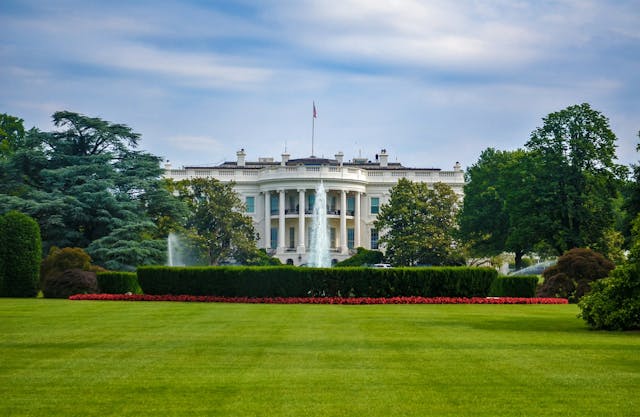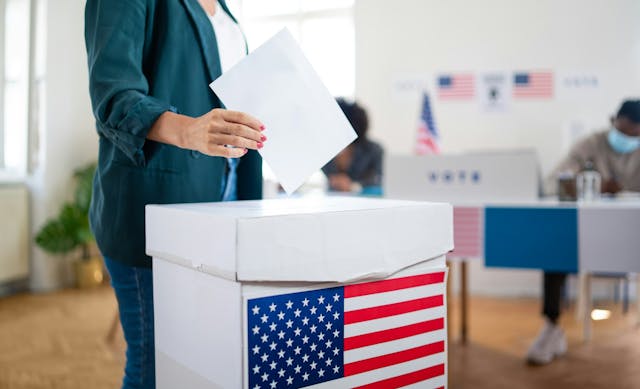CA Independent Voter Project Analysis reveals Facts on San Diego Airport Expenses

I've been trying to understand where the airlines came up with the cost of $50 per person to pay for the capital improvements proposed under Destination Lindbergh. If I recall correctly, it is information that has also been made public in Union-Tribune editorials as well as at today's Chamber Public Policy Committee meeting.
The American Airlines letter passed out at the meeting this morning finally tells the story. The $50 per passenger charge assumes that 13.7 million passengers will pay for $687.5 million in improvements in one year. When it is amortized over ten years, the price is $5 per passenger. If amortized over 20 years (more likely) or even thirty years, the cost becomes simply nominal. This might be good information for the board meeting on Thursday. See numbers below and feel free to correct my math.
Airlines Estimate of Capital Cost
$687,500,000
Airlines Estimate of Emplaned Passengers
13,700,000
Cost per passenger amortized over one year
$50
Cost per passenger amortized over 10 years
$5
Cost per passenger amortized over twenty years
$3
Cost per passenger amortized over thirty years
$2
Also, it might be good to note the cost of Destination Lindbergh is $3.8 billion in 2009 dollars. Of that $3.8 billion, approximately $3 billion is airport cost and $800 million is transportation/off airport cost (depending how you slice it). I think it would be important to note the opportunity for multiple sources of funding to pay for this because it will be unique and the best of its kind in the country, particularly if the terminals and gates are moved to the north side.
Also, part of the discussion should be about comparing $3 billion to have a new airport, functioning as a national model, to spending nearly $1 billion on Terminal 2 expansion now and likely spending an equivalent amount rebuilding Terminal 1 in the near future. It wouldn't be hard to speculate that we are going to spend more than $2 billion on Lindbergh, no matter what, and it might make more sense to spend that $2 billion towards a $3 billion for a new national model that not only relieves traffic, increases airport and regional use of transit and improves airport capacity.
Regarding capacity, please don't let the capacity issue go by without bringing up the point that 16 percent of flights are commuter hops to LAX. If 20 years from now we have high-speed rail going to LAX and Ontario, that will allow 16 percent more large airplanes to fly out of Lindbergh. In addition, the Regional Airport Strategic Plan that is underway should be striving to pave the way to incentivize a large percentage of the 8 percent of general aviation traffic that currently uses Lindbergh to use the four general aviation airports in the region. Sixteen percent plus eight percent is 24 percent more capacity for large passenger airplanes. This doesn't include the efficiencies that would be gained by having Taxiway C extended (15 percent capacity).
The hiccup in the mix is that there hasn't yet been an attempt to meet with the Marine Corps to see what they need to ensure their mission is optimized at their MCRD facility. If an arrangement could be made to exchange a 150-foot-wide strip of MCRD land for a Taxiway C extension, in return for a meaningful contribution to the improvement of MCRD's mission, Destination Lindbergh's best option, moving all the terminals and gates to the north side would be possible. There's a lot to gain from that 150-foot-wide strip of land for both the region and the Marine Corps if we only have the wisdom to ask.
The Destination Lindbergh process has pointed out that the north side option will not only work, it will work best.
Finally, I will close with this:
In 1955, Mary Charles Dail told the City that Lindbergh Field was too small for jets.
In a March 11, 1992, special section entitled "Hard Choices: Deciding San Diego's Airport Future," the Union-Tribune lead article said this: "As early as 2003, when the annual passenger total reaches 16 million, the airport could experience flight delays equal to those at the most congested airports in the country. By the year 2010 it will be turning away nearly 3 million passengers a year unless capacity is increased."
We are not turning away passengers, the concern about gridlock continually pushes out into the future, and Lindbergh continues to serve us well as one of the best run airports in the country. The American Airlines letter referenced above says that the "planning process rojected passenger emplanements to grow over the next 21 years from 9.2 million to only 13.7 million . ... " We are likely a long way from passenger gridlock as larger,quieter planes enter the mix, as ground transportation imagined by Destination Lindbergh happens, and as San Diego continues to be a thriving community for business, higher education, and tourism, and serves us as a great place to live.
I hope this is helpful to the Chamber board as they discuss this information item on Thursday.



